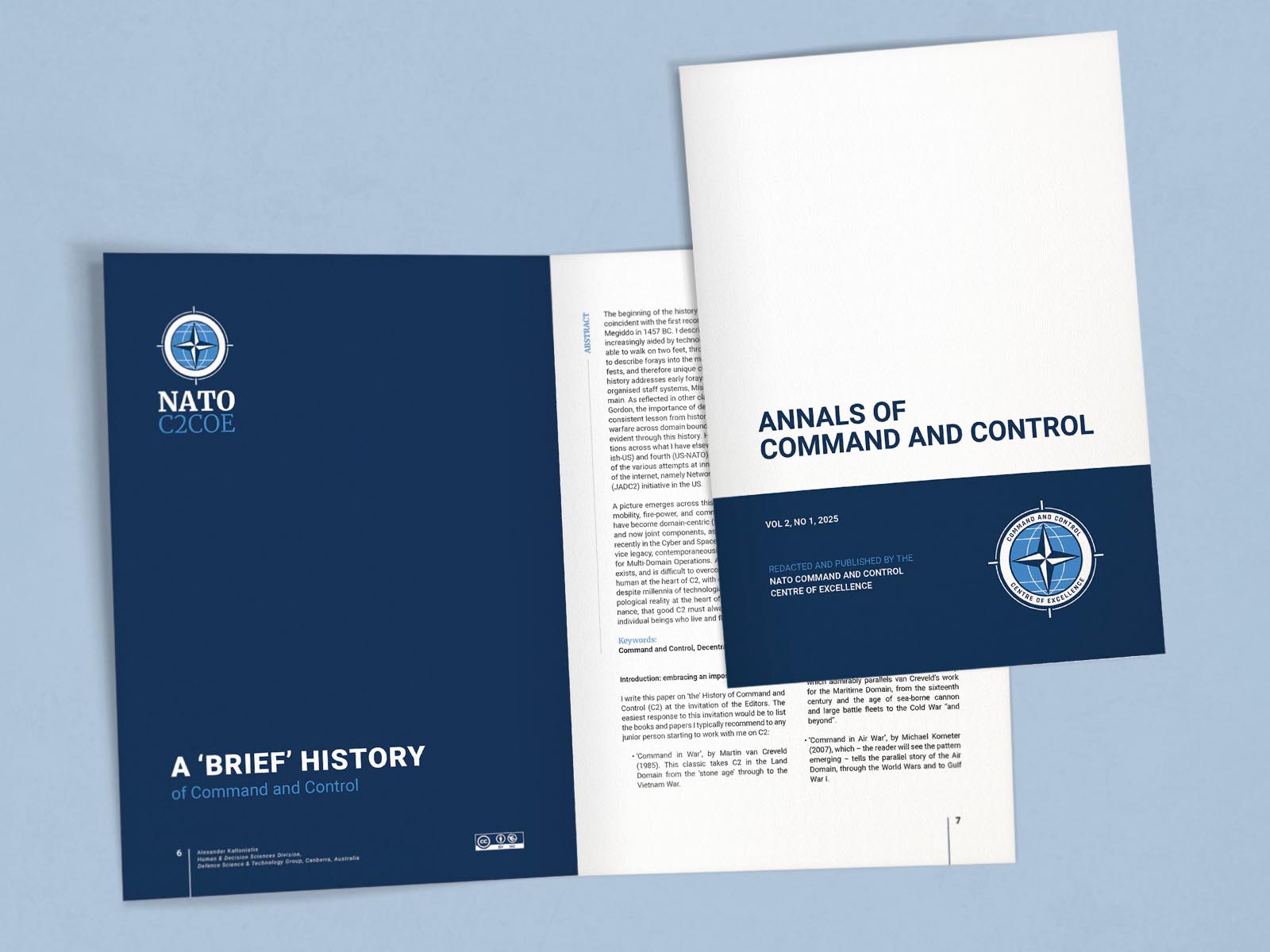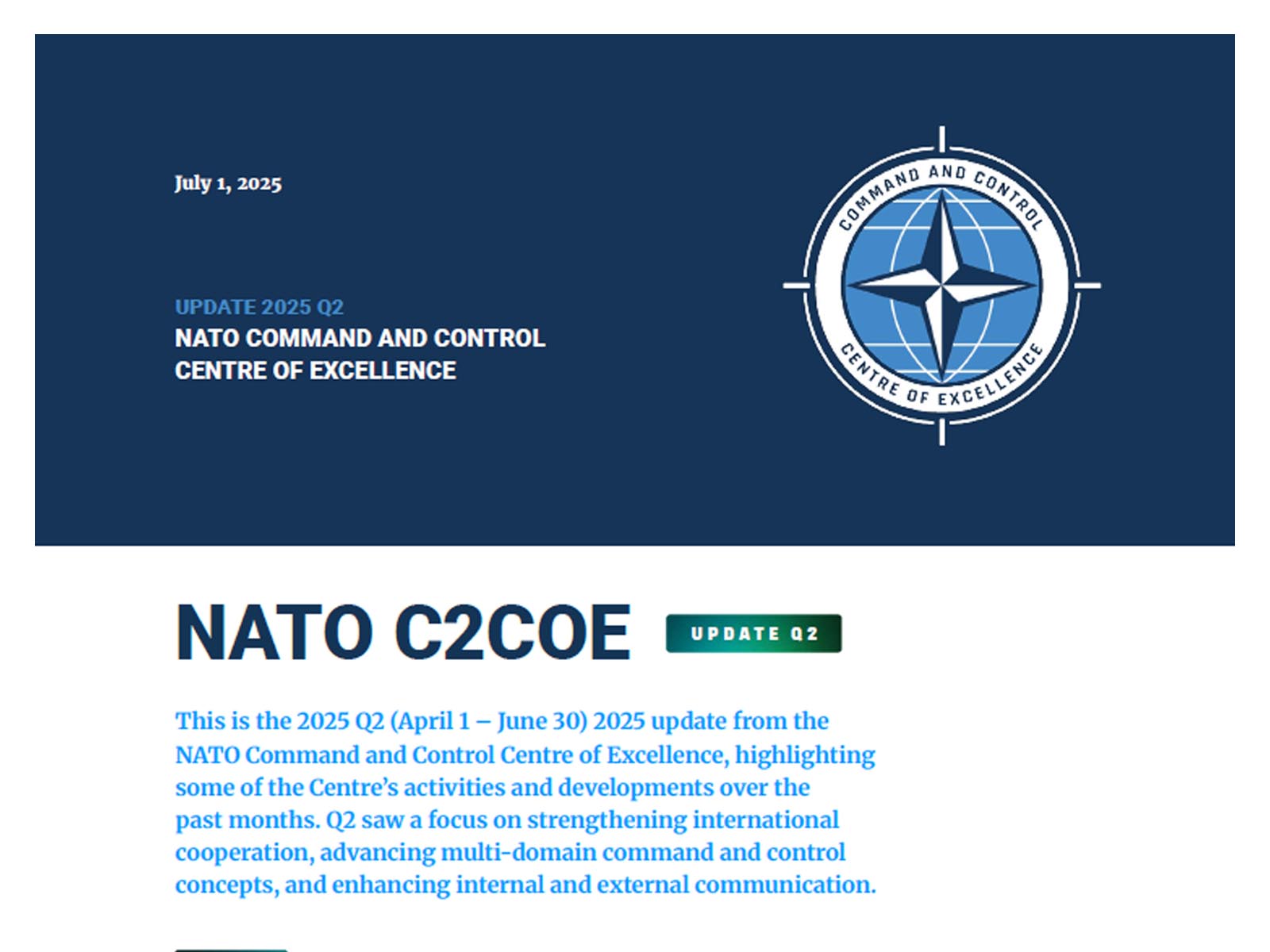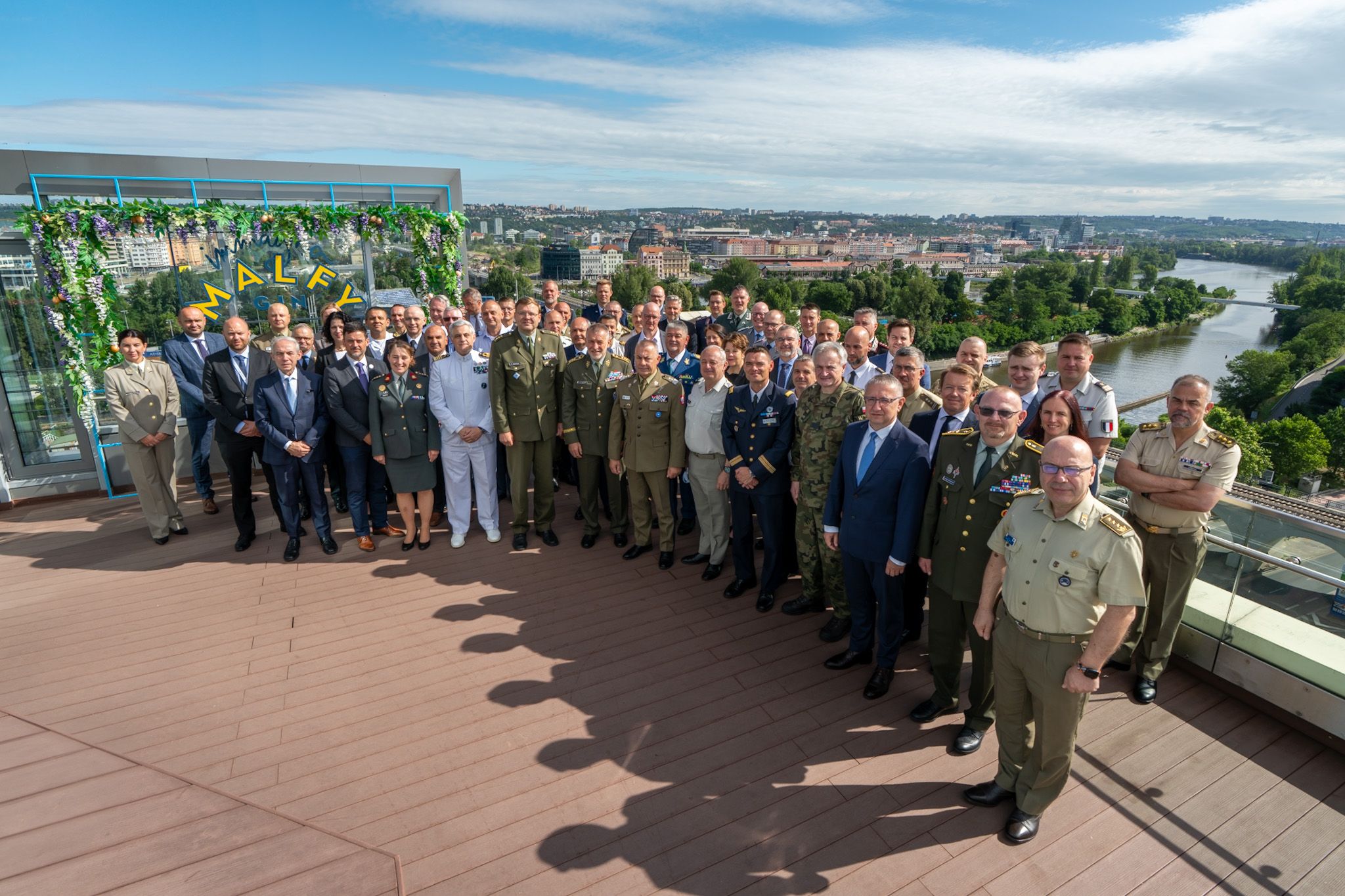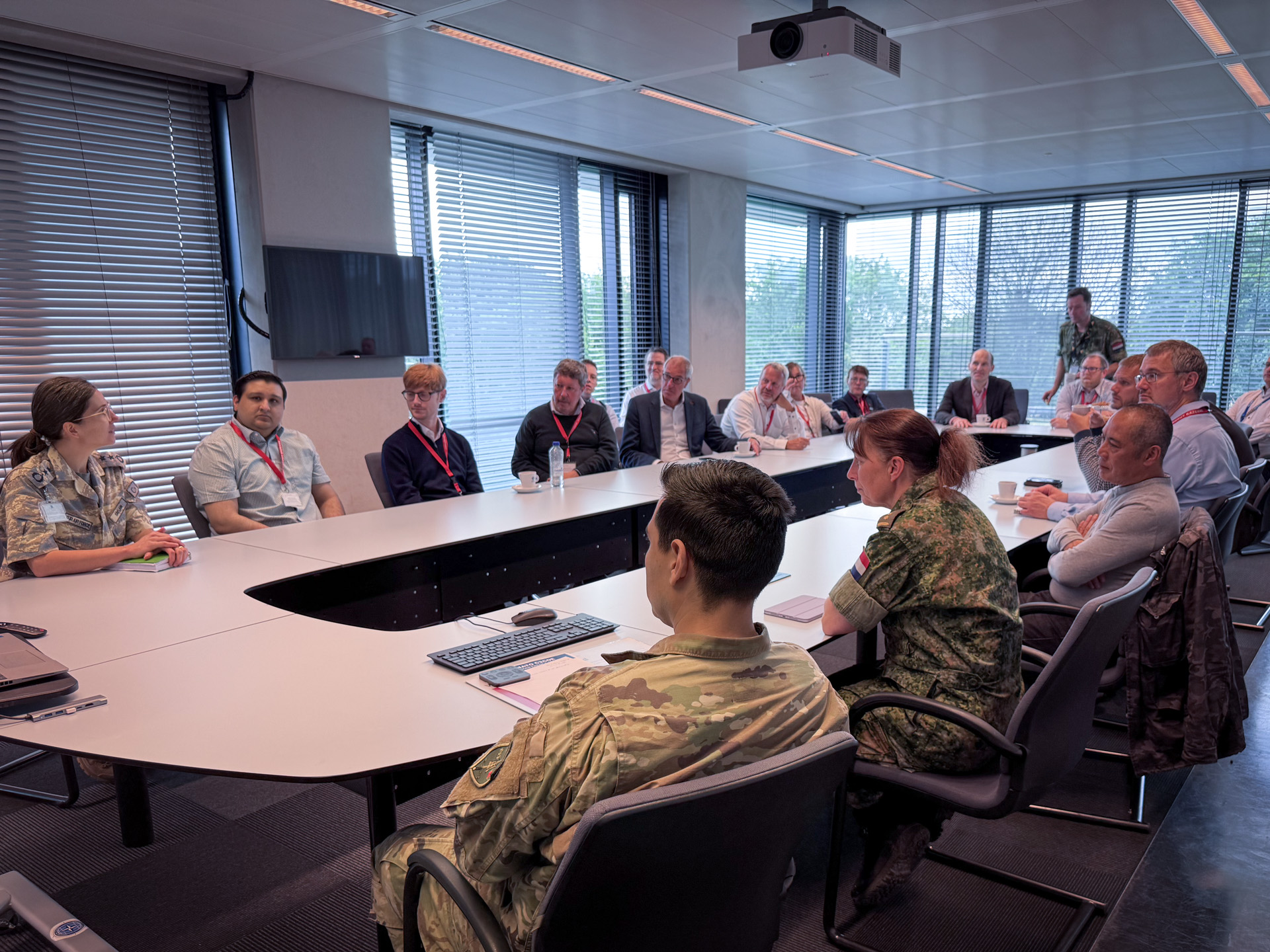
In an ever changing global security environment, the need for open dialogue, cooperation, and common understanding has never been more evident. Instances like the War in Afghanistan and the hyper evolving threat of Russia on the Western World have revealed a common oversight: that a shared common vision for security is merely a preamble to substantive “collective defense”. Defense amongst allies cannot and should not be limited to shared values, and to a larger extent, treatises. If we as a collective must “practice like we fight” then we should actively practice and prepare for a battleground where men and women of all nationalities, religions, and creeds must not only fight amongst one another, but communicate and coordinate under one common mission.
Historically, the need for interoperability amongst International Security Alliance Forces (ISAF) created the largely successful Afghan Mission Network (AMN). While not without its shortcomings AMN created a consolidated CIS environment for information sharing at a time when interoperability and knowledge sharing were at its most crucial. Fast forwarding to the year 2015, the need for a C4ISR system that not only creates a common information sharing platform, but also standards and practices has never been more apparent. Out of this need has come the Federated Mission Networking (FMN) initiative; 34 nations and the NATO Command Structure collaborating to be able to “fight tonight”, and on the “same sheet of music”.
While the need and relevance of FMN may be widely accepted amongst leaders across NATO, the ways and means in which this vision is achieved may be still up for debate.
In the first episode of our new podcast called ‘C2 and Beyond’ LT Adrian Granillo (USA N) is talking to LTC Frank Gubbels (NLD N MC) to dive deeper into what FMN is? What does it mean to “Federate”? Is this is a key feature to FMN or a hinderance to achieving total and complete synchronous? In 2020, is FMN where it should be? How has the emergence of COVID-19 impacted the greater FMN efforts? All these questions and more are still of hot debate, but begin to put the scope of this effort in to full view.





